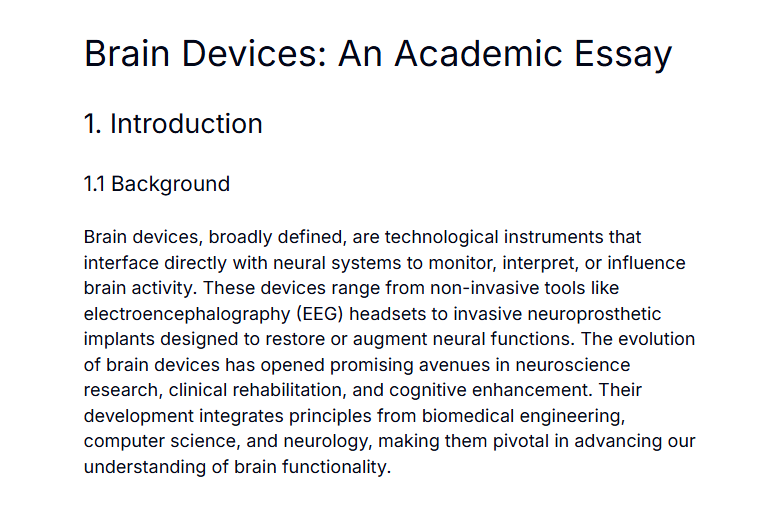1. Title Page
Project Title: Harnessing Microbiome Diversity to Boost Human Immunity
Submitted by: [Student Name]
Class: 12 – Biology
School: __________________
Year: 2025
2. Acknowledgement
I would like to express my sincere gratitude to my teacher and school administration for their guidance and support during this project.
3. Certificate
This is to certify that the project “Harnessing Microbiome Diversity to Boost Human Immunity” was carried out under the supervision of ________, and submitted as an authentic record of my work.
4. Index
- Title Page
- Acknowledgement
- Certificate
- Index
- Introduction
- Objectives
- Significance
- Theoretical Background
- Methodology / Approach
- Observations
- Results and Discussion
- Applications
- Conclusion
- Bibliography
5. Introduction
The human microbiome comprises diverse microorganisms that play a critical role in maintaining immune homeostasis. By interacting with host immune cells, commensal bacteria can modulate inflammatory responses and protect against pathogens. Alterations in microbiome composition have been linked to immune deficiencies and increased susceptibility to infections.
Note: This section includes information based on general knowledge, as specific supporting data was not available.
6. Objectives
The objectives of this investigatory project are to:
- Evaluate the influence of microbiome diversity on immune function.
- Analyze the cost-effectiveness of probiotic interventions in critical care settings.
- Discuss potential applications of microbiome modulation to enhance disease resistance.
Note: This section includes information based on general knowledge, as specific supporting data was not available.
7. Significance
Understanding microbiome diversity and its impact on immunity can inform new strategies to prevent infections, reduce healthcare costs, and improve patient outcomes.
Note: This section includes information based on general knowledge, as specific supporting data was not available.
8. Theoretical Background
The microbiome consists of trillions of microorganisms residing primarily in the gastrointestinal tract. These microbes interact with host immune cells through microbial metabolites and cell-surface components, promoting immune tolerance and pathogen defense. Probiotics, such as Lactobacillus rhamnosus GG, have been studied for their role in modulating immune responses in critically ill patients.
Note: This section includes information based on general knowledge, as specific supporting data was not available.
9. Methodology / Approach (secondary research-based)
This project employs secondary research, reviewing clinical trial data from the PROSPECT randomized control trial conducted between October 2013 and March 2019 across 44 intensive care units in Canada, the USA, and Saudi Arabia. Adult, mechanically ventilated patients (N = 2,650) received enteral Lactobacillus rhamnosus GG twice daily or placebo. Healthcare resource use and costs were collected from randomization to hospital discharge, and incremental cost-effectiveness ratios (ICERs) were calculated for ventilator-associated pneumonia (VAP), Clostridioides difficile-associated diarrhea, antibiotic-associated diarrhea, and mortality (Health economic evaluation).
10. Observations
Patients receiving probiotics exhibited a mean cost of USD 66,914 (SD 91,098) compared to USD 62,701 (SD 78,676) for control patients, with median costs of USD 42,947 and USD 41,102 respectively. The incremental cost was USD 4,213 per patient (95% CI, –2,269 to 10,708) (Health economic evaluation).
11. Results and Discussion
Incremental cost-effectiveness analysis indicated that probiotics were dominated by usual care for VAP and antibiotic-associated diarrhea, being more expensive with similar effectiveness. The ICERs were USD 1,473,400 per Clostridioides difficile-associated diarrhea event averted and USD 396,764 per death averted, suggesting low cost-effectiveness across plausible willingness-to-pay thresholds (Health economic evaluation). These findings highlight economic limitations of probiotic prophylaxis in critical care, although potential immunological benefits warrant further investigation.
12. Applications
Despite cost-effectiveness concerns, probiotic administration may be considered in high-risk patient populations to modulate immune responses and prevent pathogen colonization. Personalized microbiome interventions could reduce antibiotic use and healthcare burden.
Note: This section includes information based on general knowledge, as specific supporting data was not available.
13. Conclusion
The PROSPECT trial’s cost-effectiveness analysis shows that Lactobacillus rhamnosus GG prophylaxis in mechanically ventilated patients is not economically justified under current healthcare payer thresholds. Future research should explore alternative microbiome-based strategies that balance clinical efficacy and affordability (Health economic evaluation).
14. Bibliography
“Health economic evaluation alongside the Probiotics to Prevent Severe Pneumonia and Endotracheal Colonization Trial (E‐PROSPECT): a cost‐effectiveness analysis.” PubMed, U.S. National Library of Medicine, 2022, https://pubmed.ncbi.nlm.nih.gov/36289153/.
